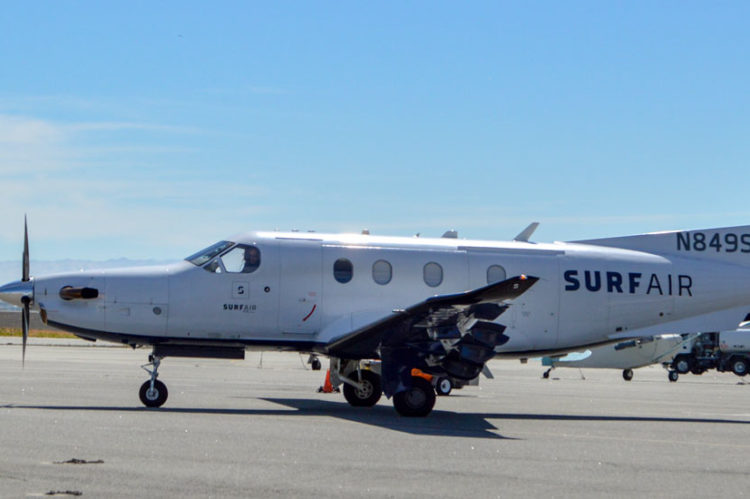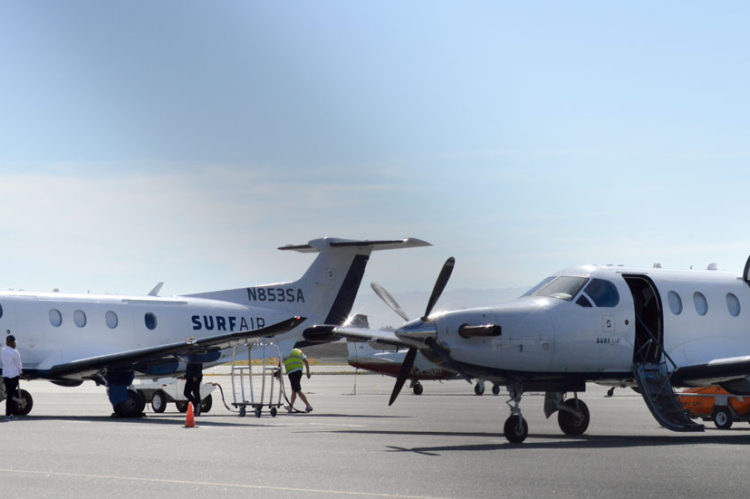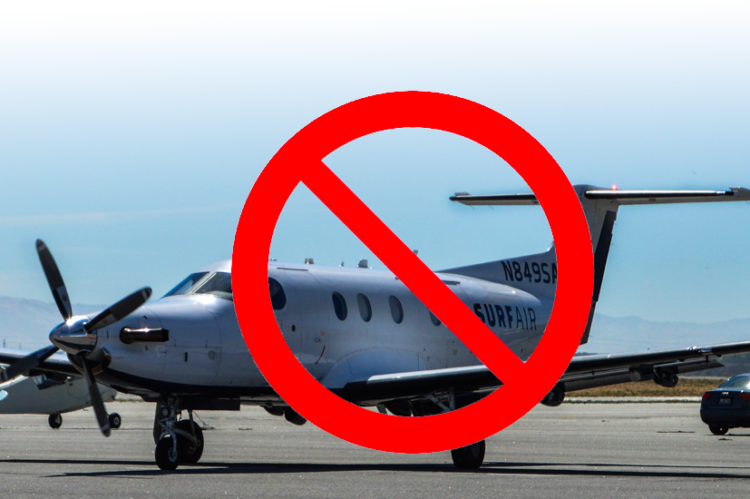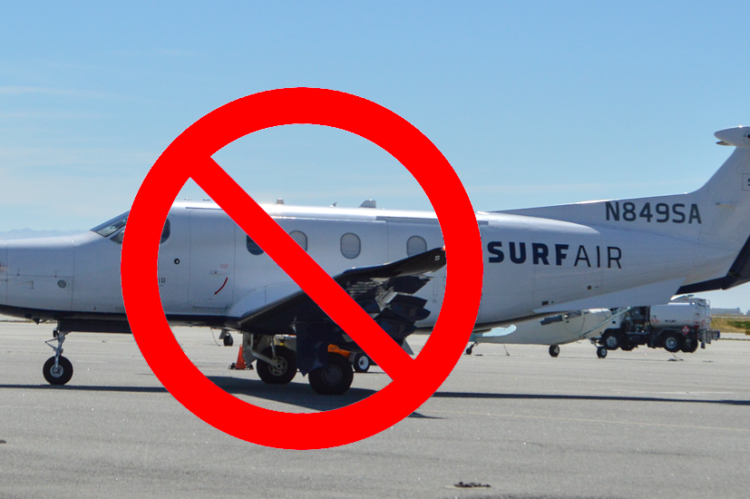Two articles written in June 2023 regarding noise:
June 9, 2023: Noise Could Take Years Off Your Life. Here’s How.
A growing body of research shows that this kind of chronic noise — which rattles the neighborhood over 280 times a day, more than 105,000 each year — is not just annoying. It is a largely unrecognized health threat that is increasing the risk of hypertension, stroke and heart attacks worldwide, including for more than 100 million Americans.
June 17, 2023: Schiphol: Plans won’t meet noise reduction targets; KLM Group to update fleet, reschedule flights
Banning overnight flights, private planes and “the noisiest aircraft” provides enough noise reduction at night, but not during the day.





